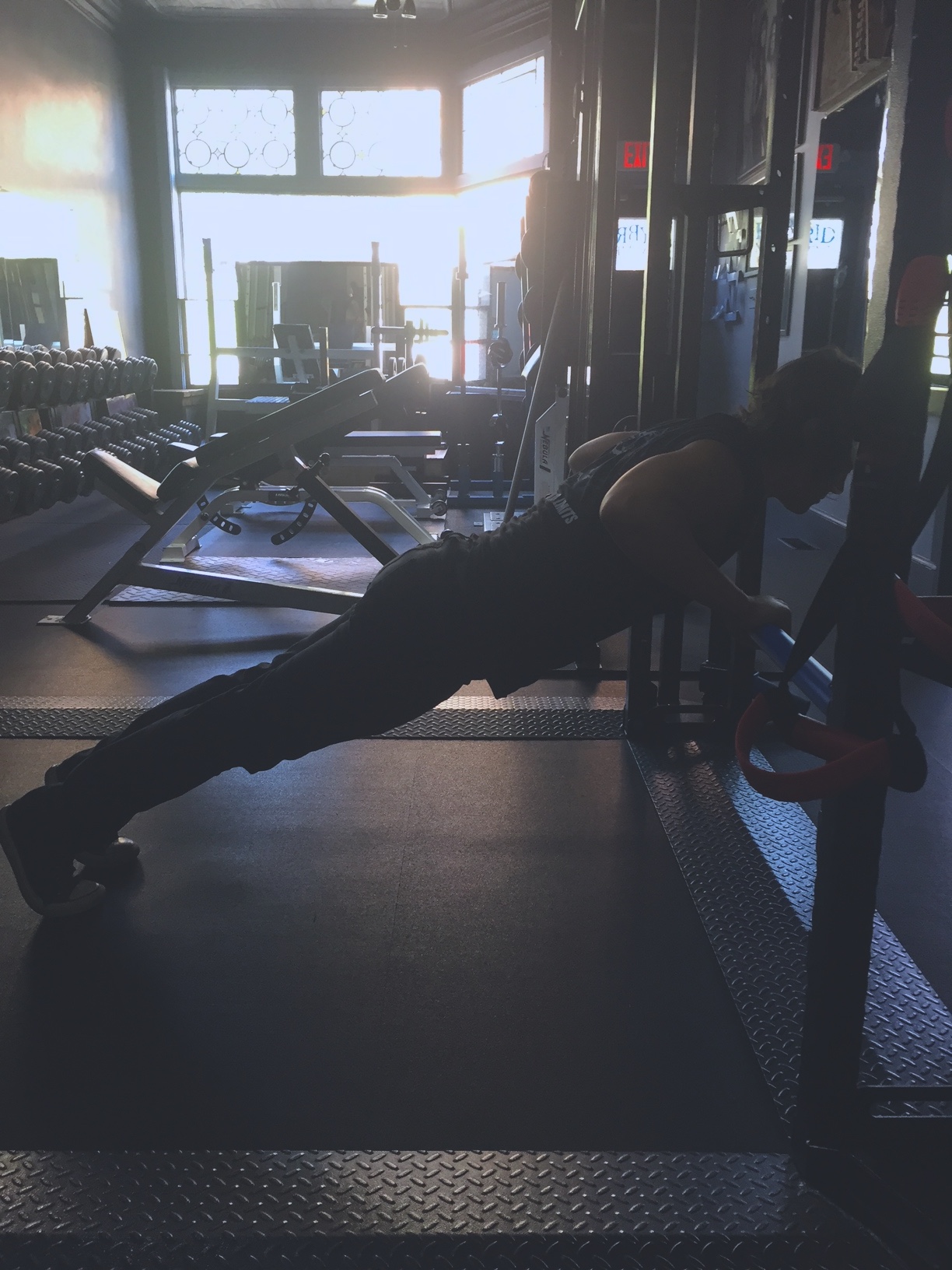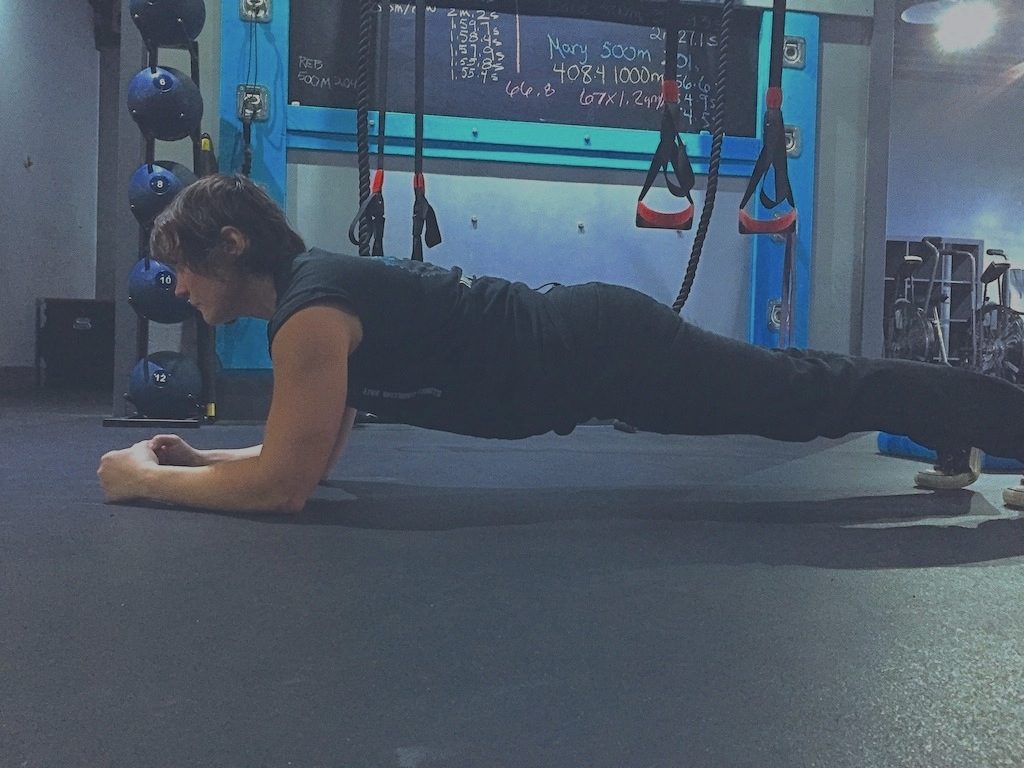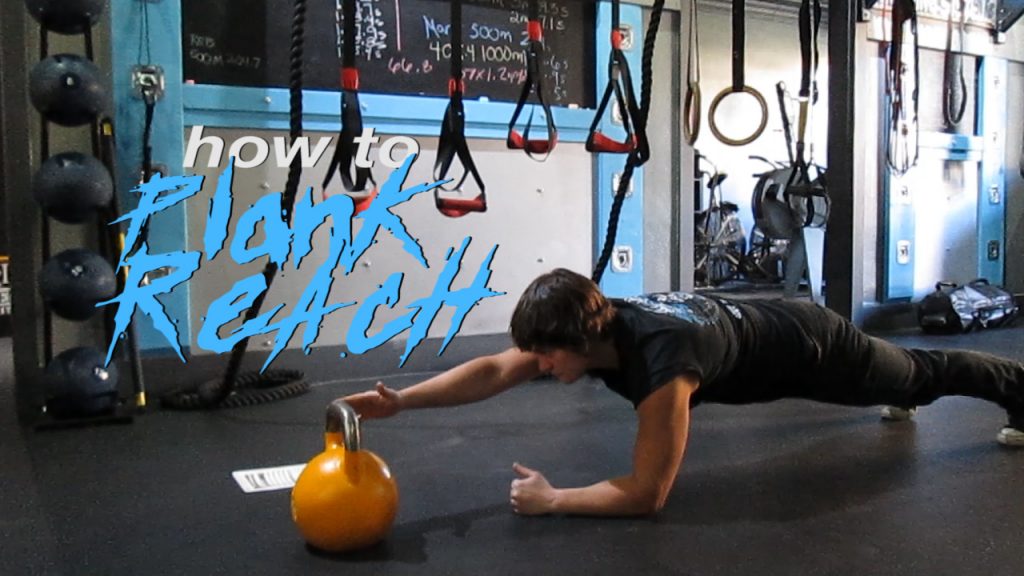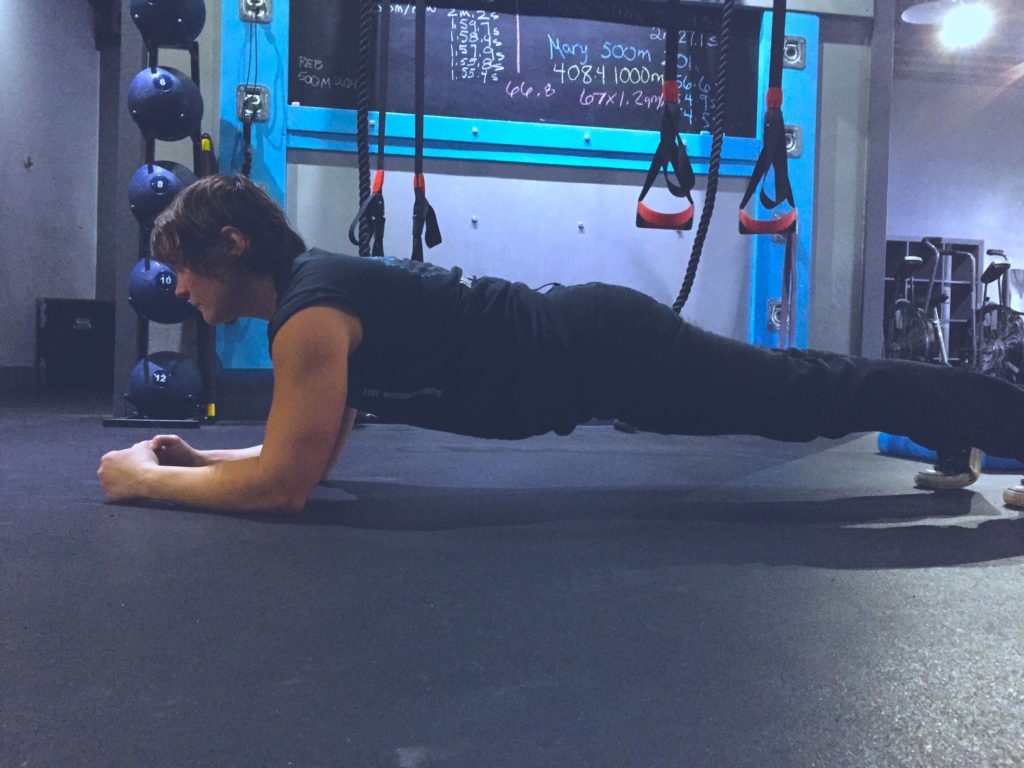How to Perform a Push-Up for Beginners
The Push-Upis a great exercise for increasing strength in the upper body. The shoulders, chest and triceps are the major movers in this bodyweight powerhouse. There are many ways to intensify the push-up, leaving a long trail of alternatives that will satisfy even the more advanced athlete. However, not everyone is faced with the dilemma of tracking down a willing gym rat to sit on their backs in order to crank out weighted push-ups to failure. The push-up for some is a daunting task. One that is often more difficult to determine a starting point , then performing the actual exercise itself. If the full bodyweight push-up is an obstacle that you have yet to overcome, consider reseting your approach. You will need patience, persistence and you must become proficient at planks. After all, the push-up is essentially a moving plank. Check out 5 Plank Progressions for Beginners. If you can commit to those three things, you will conquer this exercise.
The Elevated Push-Up
The quickest way to progress into a full push-up is to practice using the same form. Rather than performing knee push-ups, it is more effective to elevate the angle of the body to reduce the weight load being pushed. In this demonstration we are using the adjustable push-up bar on our MoveStrong Functional Training Station, but a smith machine, squat rack or bench will work as well.
how to perform The Elevated Push-Up
Initiate the exercise by positioning your hands shoulder-width apart. Grip the bar and step away forming a straight line from ear to ankle. Elevate your heels, allowing your bodyweight to shift forward. Slowly lower towards the bar until you make contact then push away from the bar as push the bar away from you and return to the starting position. This will not only help in contracting every muscle involved, it will also assist in staying rigid in the torso. Maintain a stiff spine and engage your glutes and quads for the duration of the set. The point of contact should be roughly at the nipple line. Adjust your foot placement accordingly. If you cannot maintain neutral alignment, increase the elevation. Start with 5 repetitions and work up to 15 repetitions. If you are able to perform 15 repetitions, lower the elevation and repeat this process until you are able to perform a full bodyweight push-up.









